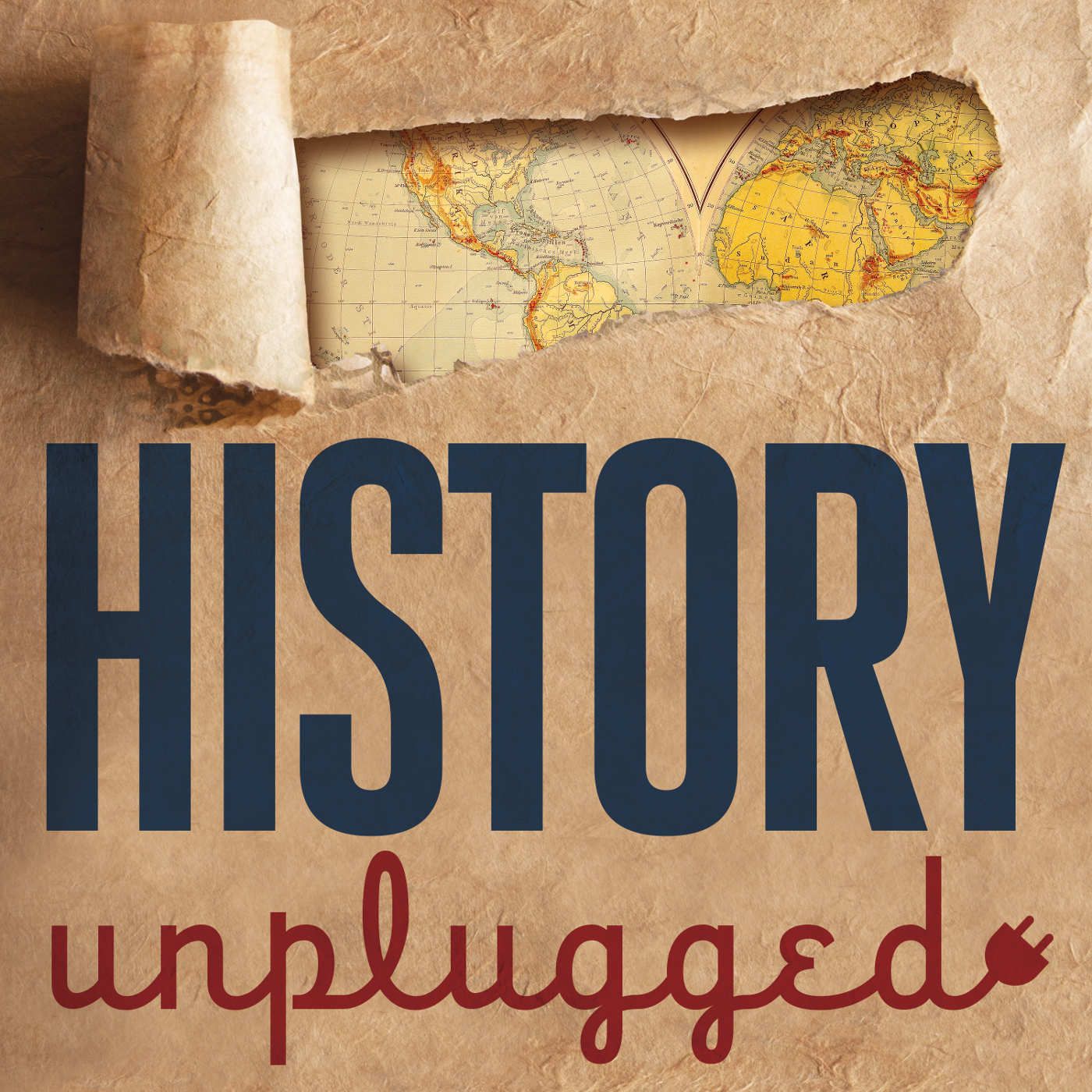- History
- SEE MORE
- classical
- general
- talk
- News
- Family
- Bürgerfunk
- pop
- Islam
- soul
- jazz
- Comedy
- humor
- wissenschaft
- opera
- baroque
- gesellschaft
- theater
- Local
- alternative
- electro
- rock
- rap
- lifestyle
- Music
- como
- RNE
- ballads
- greek
- Buddhism
- deportes
- christian
- Technology
- piano
- djs
- Dance
- dutch
- flamenco
- social
- hope
- christian rock
- academia
- afrique
- Business
- musique
- ελληνική-μουσική
- religion
- World radio
- Zarzuela
- travel
- World
- NFL
- media
- Art
- public
- Sports
- Gospel
- st.
- baptist
- Leisure
- Kids & Family
- musical
- club
- Culture
- Health & Fitness
- True Crime
- Fiction
- children
- Society & Culture
- TV & Film
- gold
- kunst
- música
- gay
- Natural
- a
- francais
- bach
- economics
- kultur
- evangelical
- tech
- Opinion
- Government
- gaming
- College
- technik
- Jesus
- Health
- movies
- radio
- services
- Church
- podcast
- Education
- international
- Transportation
- Other
- kids
- podcasts
- philadelphia
- Noticias
- love
- sport
- Salud
- film
- and
- 4chan
- Disco
- Stories
- fashion
- Arts
- interviews
- hardstyle
- entertainment
- humour
- medieval
- literature
- alma
- Cultura
- video
- TV
- Science
- en
How America Chooses to Remember Itself: 200 Years of U.S. Museums, and Presenting the Civil War, Spanish Flu, and the Culture Wars

b'On an afternoon in January 1865, a roaring fire swept through the Smithsonian Institution. The New York Times wrote that \\u201cthe destruction of so many of its fine collections will be viewed as a national calamity.\\u201d Dazed soldiers and worried citizens could only watch as the flames engulfed the museum\\u2019s castle. Rare objects and valuable paintings were destroyed. The flames at the Smithsonian were not the first \\u2014and certainly would not be the last\\u2014disaster to upend a museum in the United States. Beset by challenges ranging from pandemic and war to fire and economic uncertainty, museums have sought ways to emerge from crisis periods stronger than before, occasionally carving important new paths forward in the process.
But museums ask questions about power and who gets to determine what stories are told or foregrounded, who gets to determine how those things are exhibited, framed, and talked about.
To talk with us today about museums is today\\u2019s guest, historian and professor Samuel J. Redman. He\\u2019s the author of The Museum: A Short History of Crisis and Resilience. We explore World War I and the 1918 influenza pandemic, the Great Depression, World War II, the 1970 Art Strike in New York City, and recent controversies in American museums from the COVID-19 pandemic to race and gender issues, this timely book takes a novel approach to understanding museum history, present challenges, and the future. By diving deeper into the changes that emerged from these key challenges, Samuel J. Redman argues that cultural institutions can\\u2014and should\\u2014use their history to prepare for challenges and solidify their identity going forward.'